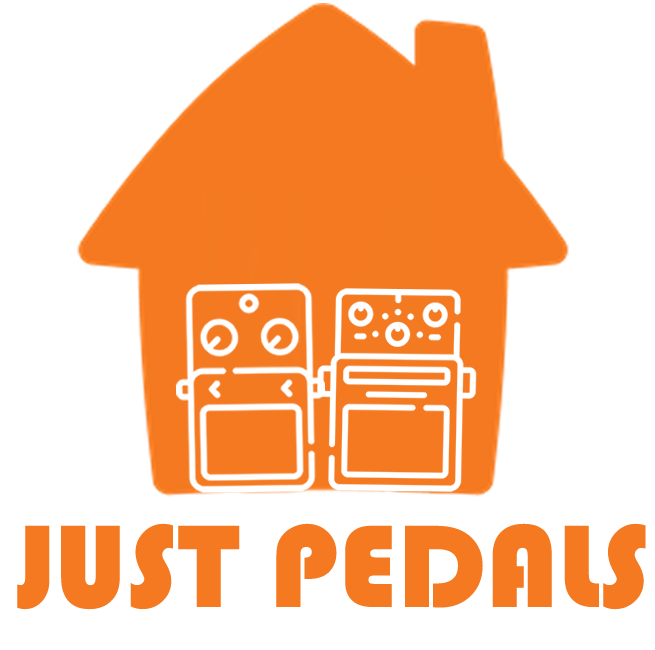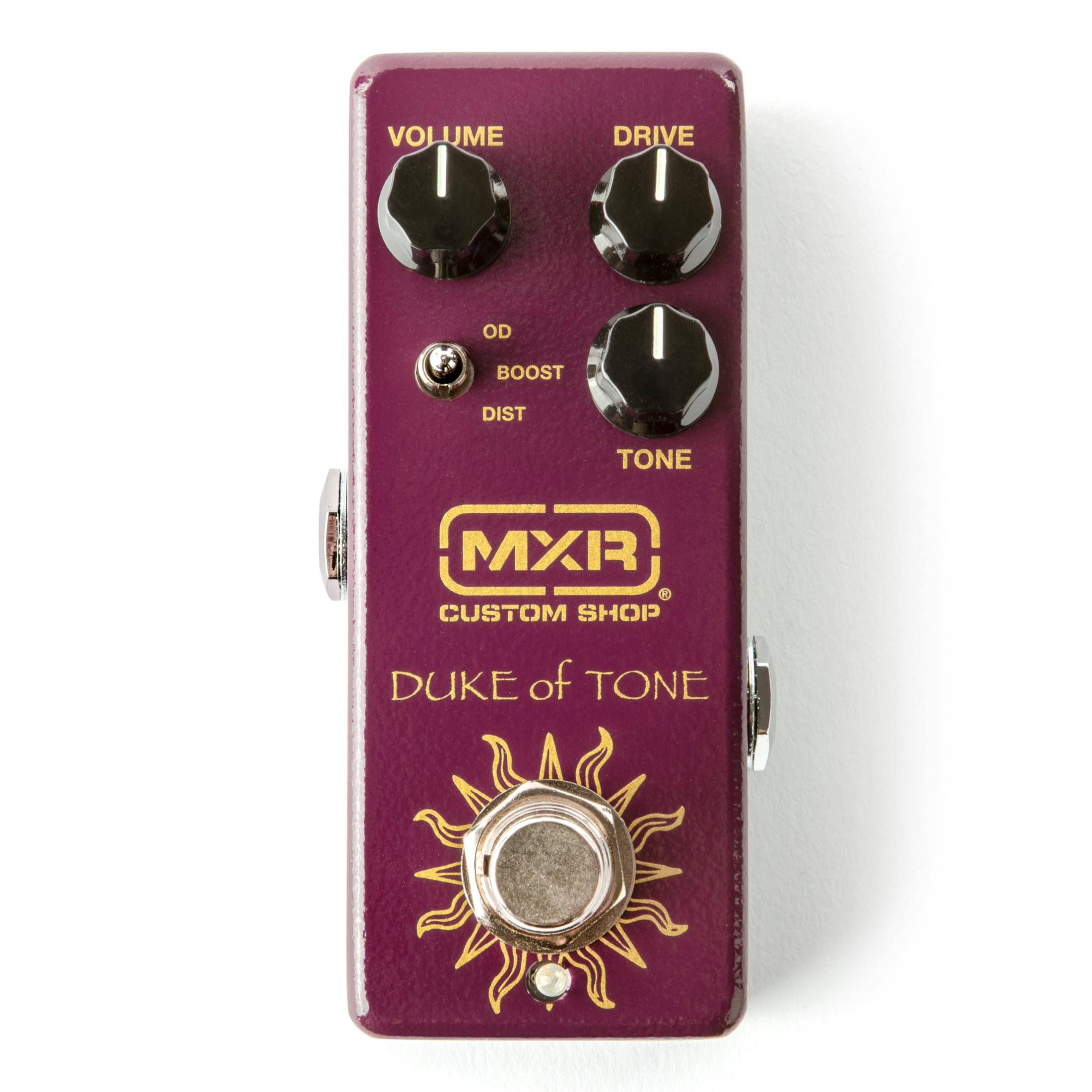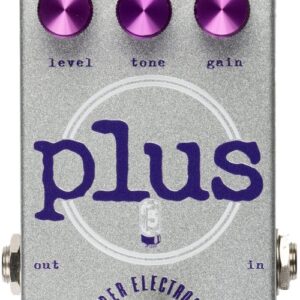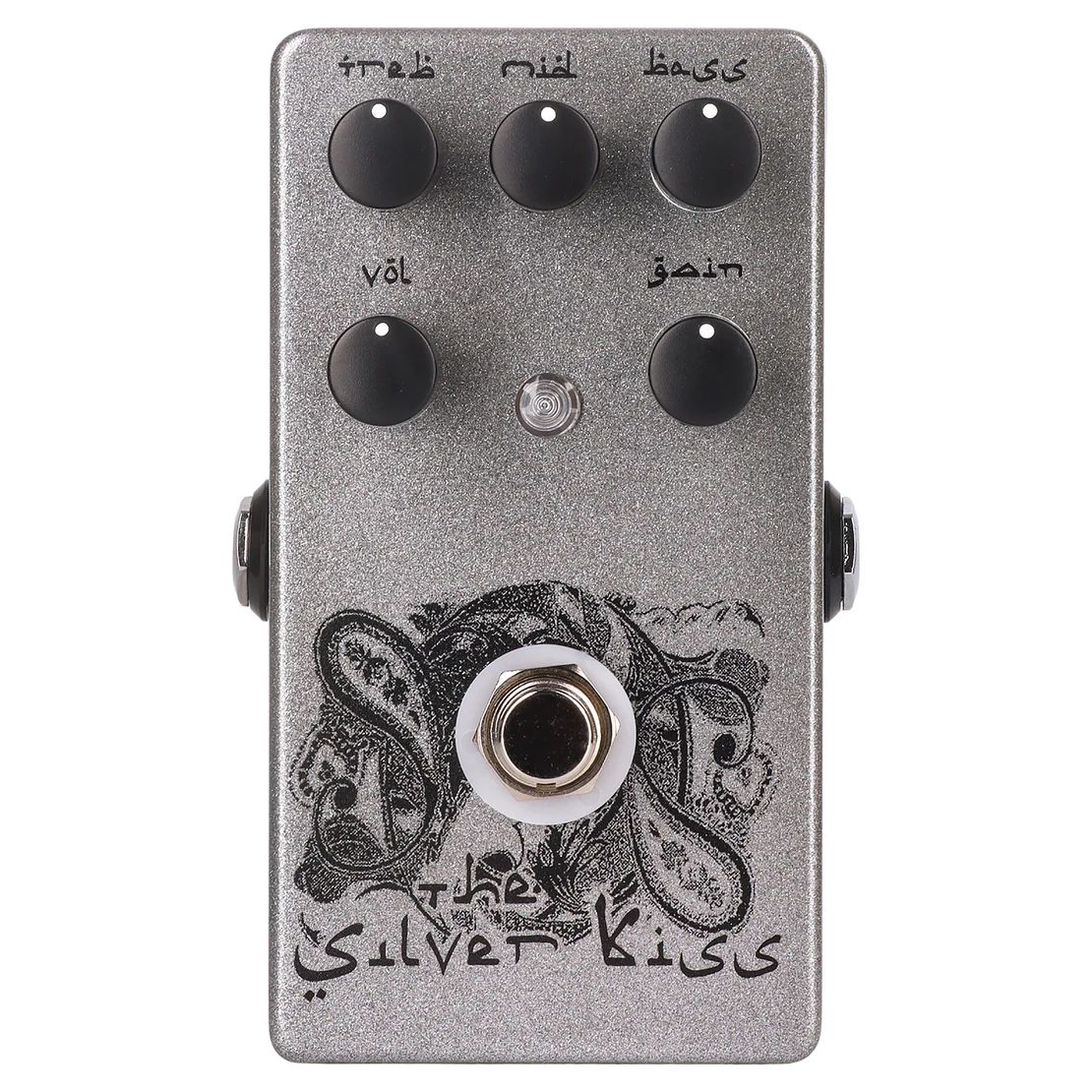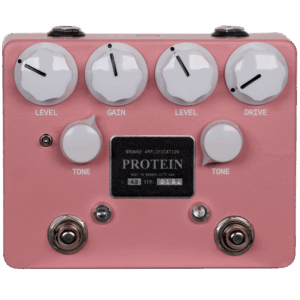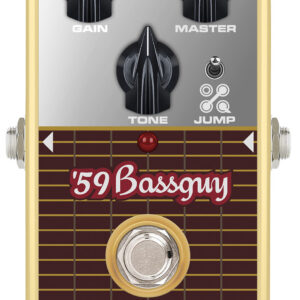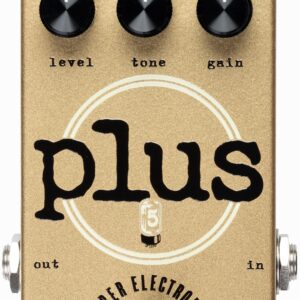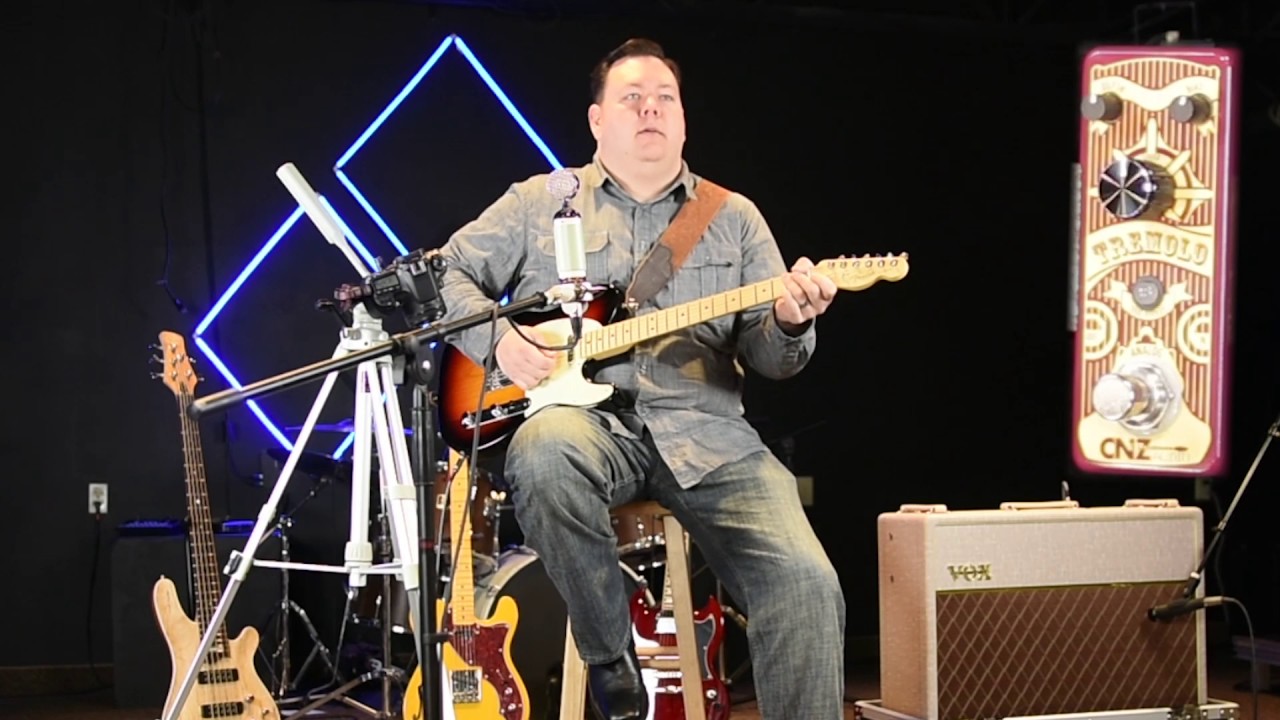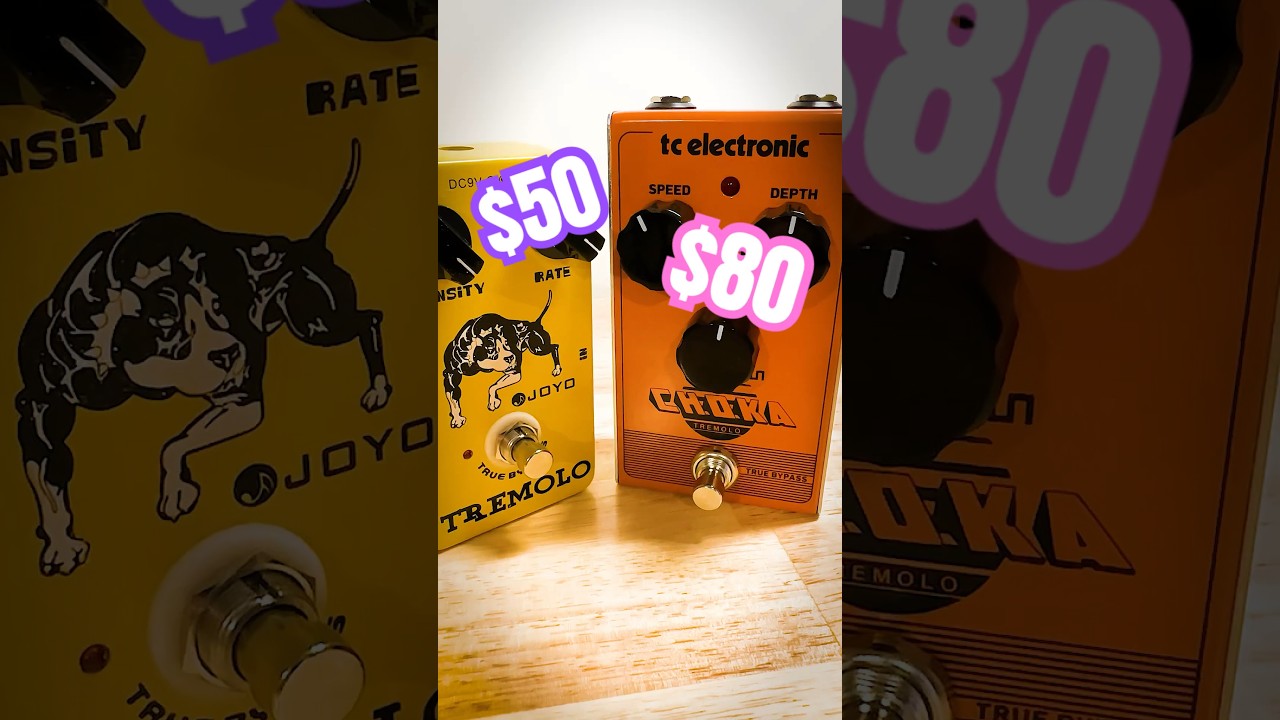Description
The MXR Custom Shop Duke of Tone Overdrive Pedal is currently retailing at £169.99 and it is in stock. Available to be delivered to you by post direct (some charge may apply). The top pedal chef at Just Pedals thinks that MXR nailed it here. MXR Custom Shop Duke of Tone Overdrive Pedal
We have new and used MXR musical equipment available on our website for fast direct delivery from sellers across the UK & Europe.
MXR is a renowned American effects pedal brand, founded in 1972, that has earned a reputation for its reliable, high-quality products with a focus on simplicity and performance. Known for their iconic compact designs, MXR pedals have become staples on pedalboards across genres. Popular models like the Phase 90, Dyna Comp, and Distortion+ have been integral to the sounds of rock, punk, and beyond. With a commitment to durability and tone, MXR continues to innovate, offering a wide range of pedals, from overdrives and delays to modulation and loopers.
Just Pedals is a new Guitar Effect Pedals Marketplace – We feature new and used Guitar Effect pedals from different sellers, to purchase online from the UK.
We checked and good news we have it in stock, it has your name on it.
Order today and we will have it with you in a jiffy !
Overdrive is a popular guitar effect that creates a warm, distorted sound by amplifying the signal of an electric guitar, typically using a pedal or an amp's built-in circuit. The effect simulates the natural distortion that occurs when a tube amplifier is pushed to its limit, creating a rich, harmonic response that adds sustain, warmth, and character to the tone. Overdrive pedals are commonly used to add grit and growl to a clean tone without the harshness of full distortion.
The overdrive effect works by boosting the input signal, causing the amplifier to break up and clip the waveform, resulting in a smooth, musical distortion. This is often more subtle and less aggressive than other forms of distortion, making overdrive pedals ideal for blues, classic rock, and country players who seek a dynamic sound that responds to their playing touch. Overdrive pedals can be used in conjunction with other effects like delay and reverb to shape a more complex, evolving sound. Popular overdrive pedals include the Ibanez Tube Screamer, the Fulltone OCD, and the Boss OD-3, each offering different tonal characteristics, from smooth and bluesy to punchy and aggressive.
A pedal is an electronic device that alters the sound of an electric guitar by applying various effects. Pedals are typically connected in a series between the guitar and amplifier, allowing guitarists to switch effects on and off with their feet while playing.
This enables musicians to quickly and easily change their sound, adding versatility and creativity to their performances.
Pedals are essential tools in many musical genres, including rock, blues, jazz, and metal, allowing artists to craft distinctive and dynamic soundscapes.
Once you buy one, you can't stop and then you have to sell them and buy more.
Just the latest videos
Just related products
23% Off £184.99 £143.00
A collaboration between MXR and Analog Man Adds warmth and grit while allowing the sound and feel of your high-end gear to shine Thru-hole components personally tested by Analog Mike Boost/OD/Distortion switch allows you to set the overall attitude o…
read more £144.95
Model Number: CSP037 Item Package Quantity: 1 Package Weight: 318 grams Package Dimensions (L x B x H) in cm: 6.858 x 11.43 x 14.224
£167.48
MXR and Custom Audio Electronics founder Bob Bradshaw join forces to bring you a dynamic new line of pedals The Boost/Overdrive and Boost pedals are the first offerings in the series produced by MXR, featuring the unique sonic stamp of legendary desi…
read more £139.00
FOOTSWITCH toggles effect on/bypass (blue LED indicates on) VOLUME knob adjusts overall volume of effect BASS knob cuts low end frequencies from pre-overdrive signal CLIP switch sets clipping mode GAIN knob adjusts overdrive intensity
£119.99
100hz cut and boost control allows tonal fine-tuning. Bump switch engages alternate voicing for a low and mid-range boost. true bypass. 100hz cut and boost control Improved performance and versatility Made in benicia, californa
